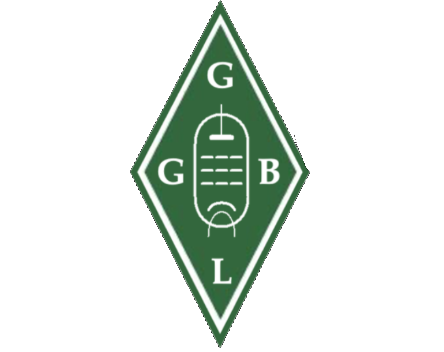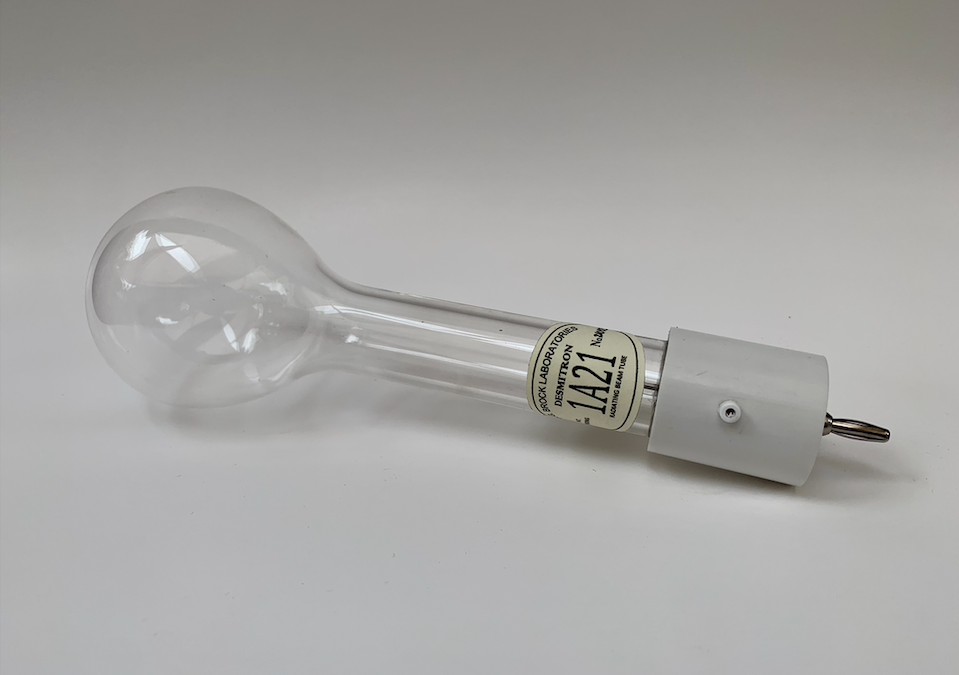Shadowgraph Rays on Living Matter – Part 2
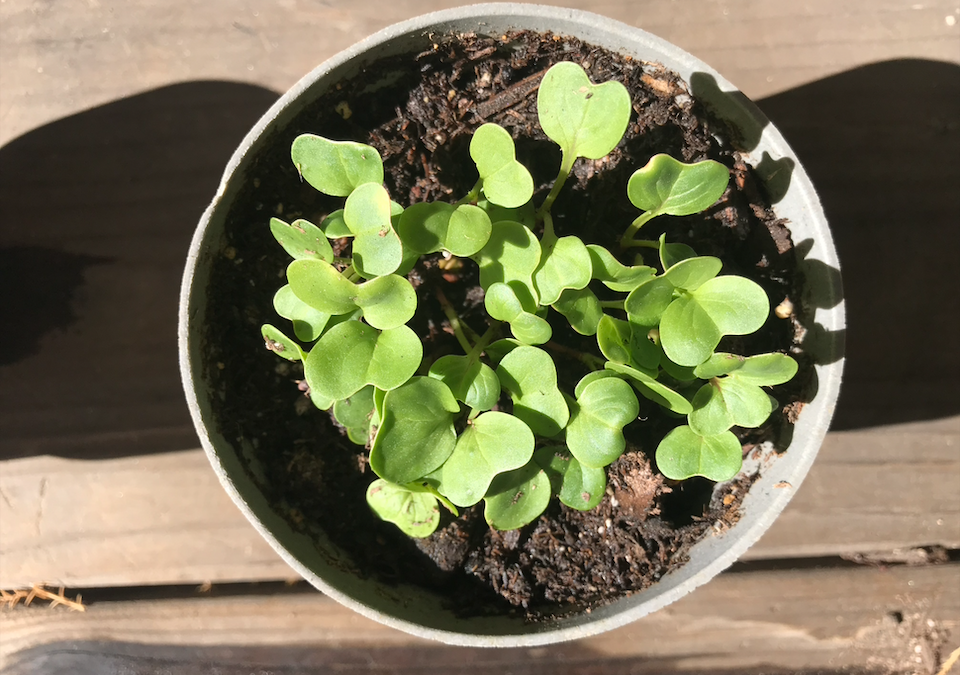
While current efforts into the research of the Tesla Shadowgraph (Radiant Matter) Tube have dealt with imaging techniques of objects at extensive distances, the conclusion on whether the emanating rays inflict harm upon biological life has been under investigation. As seen in a previous post, Shadowgraph Rays on Living Matter – Part 1, varying micro-organisms consisting of algae and water fleas extracted from a stagnant pond were subjected to fatal levels of “radiation” as produced by the tube (figure 1). The stance upon these rays in terms of radiation, hereto, facilitate the concept of a non-characteristic form of Roentgen Ray. The experiment showed that an absorbed relative dose of 150 Roentgens did not impose any adverse reaction to the microbes, granted the species under question lacks any substantial immunity to ionizing radiation. Conversely, should the rays have been of Roentgen Ray composition, the microbes would have readily responded in the form of perishing, or reproductive issues. The latter of which was not observed, extending this observation well after 24 hours post exposure.
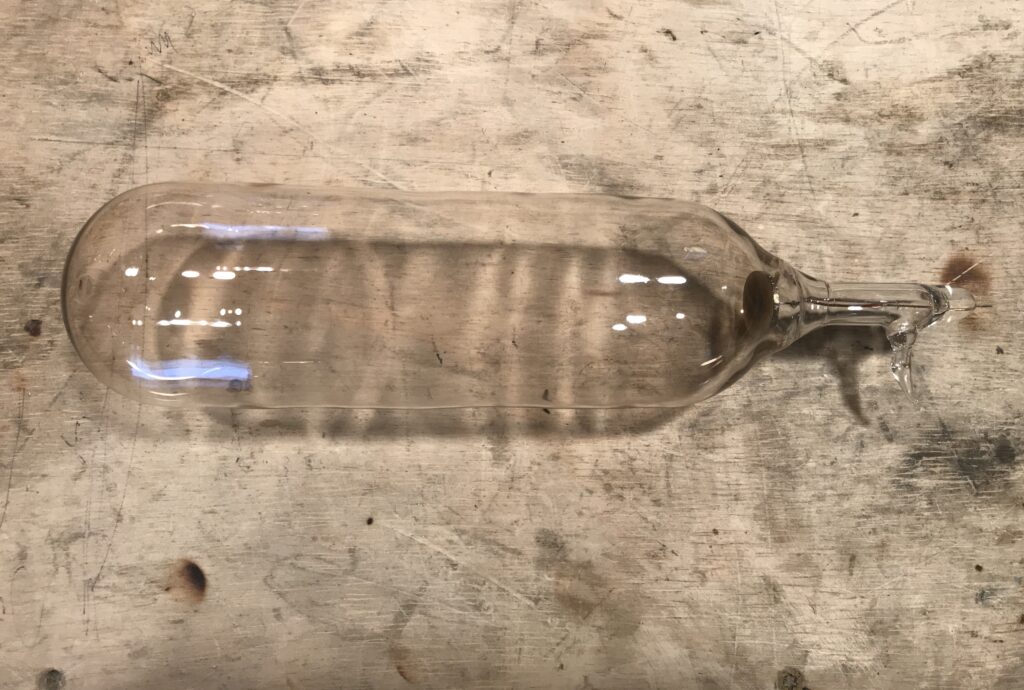
Progressing to the second development of biological testing, living matter possessing a fewer count in chromosomes became ideal, so that if the emanating rays were to induce structural mutation, the effect would become noticeable many fold in such a species. Thus, the targeted subjects were that of radish seeds confined in specific quantities. Figure 2, displays the configuration of the test subjects, with indications on each pot stating their exposure in Roentgens (R). Hence, from left to right, 100 Roentgens, 40 Roentgens, 26 Roentgens, 10 Roentgens, and control. Each pot was given approximately four ounces of water every other day, furnishing an equal temperament of germination.
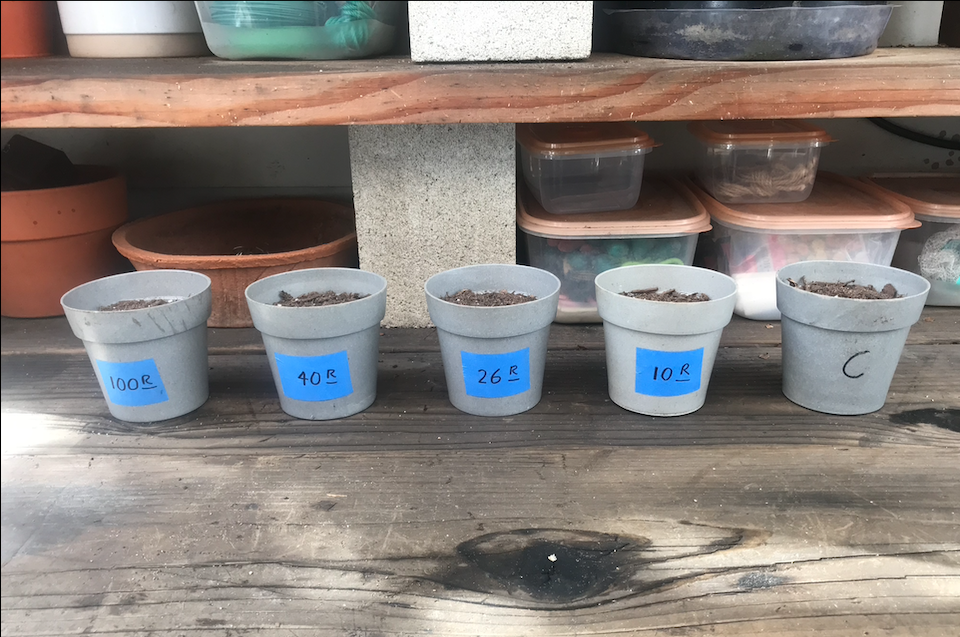
The technique employed to register overall exposure is outlined in the previous test, Part 1, whereby a calibrated dosimeter is primarily used.
Following 18 days after initial burying of the seeds, the following results of the cultivated flora may ben observed in figure 3.

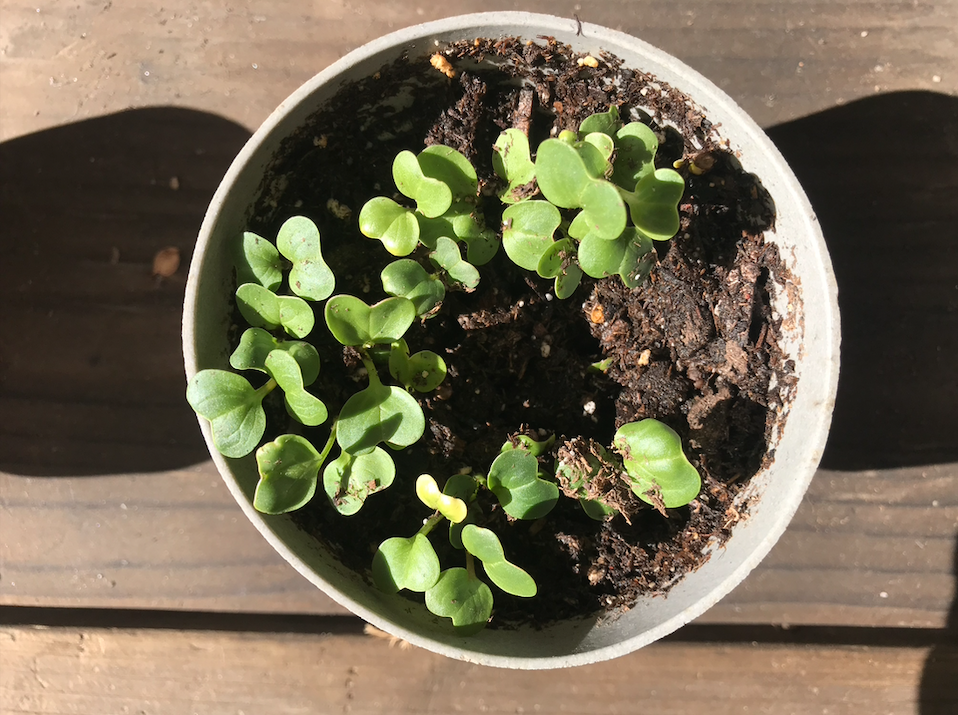
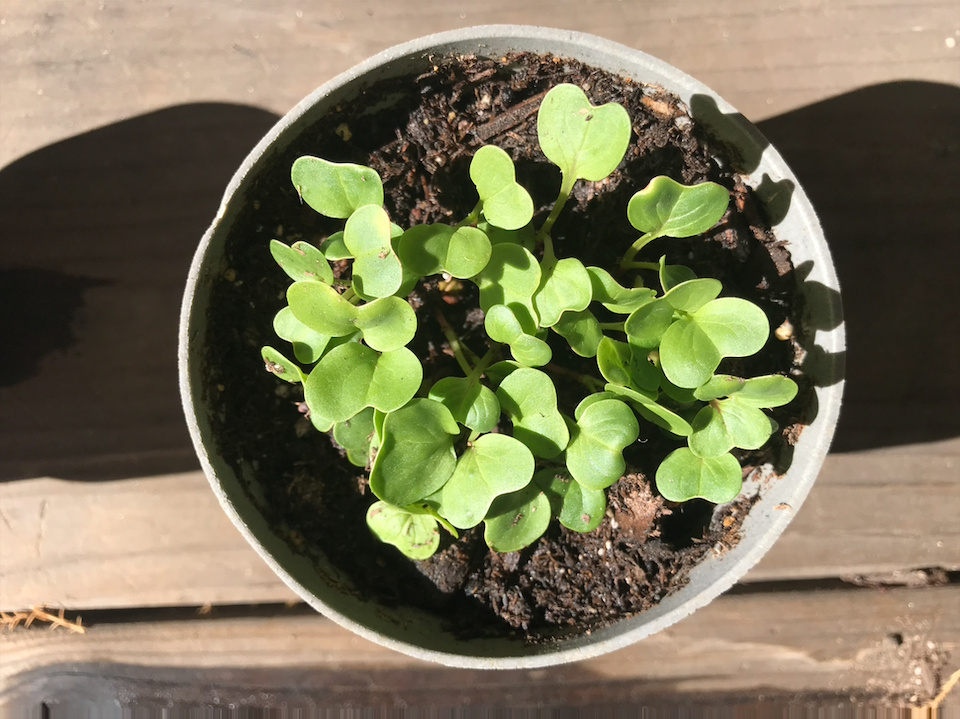
Despite the uneven distribution of the seeds, as rendered so by the application of watering, little distinction may be observed between the control sample and that of the highly exposed sample. Due to the incidental unevenness of seed distribution, the reader may suspect the control sample to be of higher nourishment than of the 100 Roentgen sample. This ceases to persist, as the structural foliage of the 100 Roentgen sample equates to that of the control. Hence, there exists a lack in physical deformity for the supposed “exposed sample,” which would otherwise give indication of cell mutation via ionizing radiation.
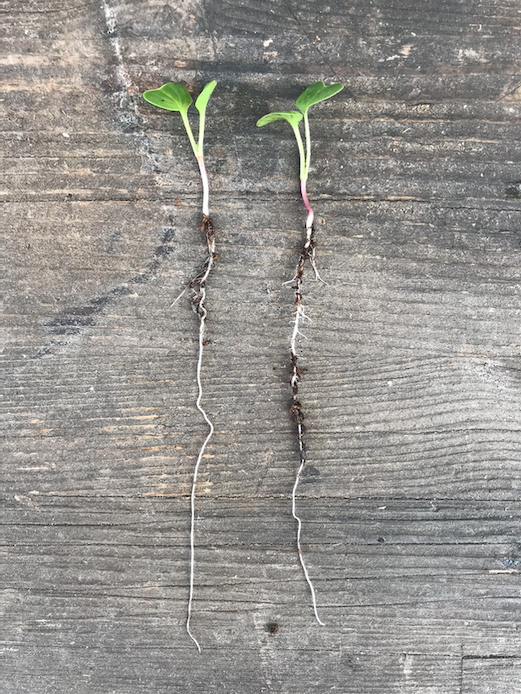
The above figure further identifies the lack in physical mutation as a direct result of the emanating rays, indicating that while the supposed exposure would have registered as 100 Roentgens, the cellular makeup of the exposed radishes did not adversely respond.
To further identify if any mutations in the individual samples had occurred, the below images were taken of the cellular structure at a magnification of 500.
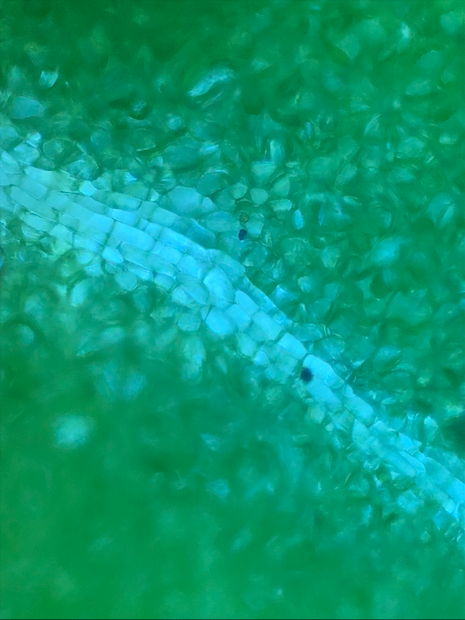
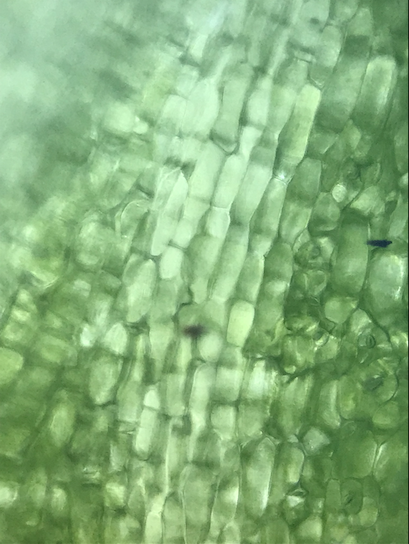
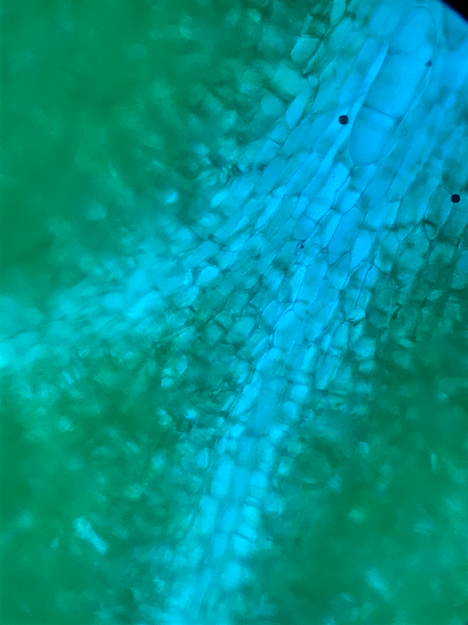

The overall observations which may be deduced by the above images, allows the reader to conceptualize the alikeness of the control sample, to that of the exposed samples. Whereby the emanating rays from the Shadowgraph (Radiant Matter) Tube did not impose any adverse mutations nor deformities on the overall structure of the radishes subjected to the rays. It must be noted that the varying green tones in the images do not reflect malformities in the chlorophyll of the specimens, but rather an intentional aspect to easily distinguish between the two samples.
Hereto, the application of special rays manufactured by the applied electrostatic power to a single cathode tube, otherwise known as a Shadowgraph-Radiant Matter Tube, does not appear to have induced characteristic mutation within the radish species outline. Current efforts are continuing to deal with the classification of such rays and their properties, while effects in the nature of adversity cease to manifest.
Share this:
- Click to share on Twitter (Opens in new window)
- Click to share on Facebook (Opens in new window)
- Click to share on Pinterest (Opens in new window)
- Click to share on LinkedIn (Opens in new window)
- More
- Click to share on Reddit (Opens in new window)
- Click to share on WhatsApp (Opens in new window)
- Click to share on Mastodon (Opens in new window)
- Click to share on Telegram (Opens in new window)
- Click to share on Tumblr (Opens in new window)
- Click to share on Nextdoor (Opens in new window)
- Click to share on Pocket (Opens in new window)
- Click to email a link to a friend (Opens in new window)
